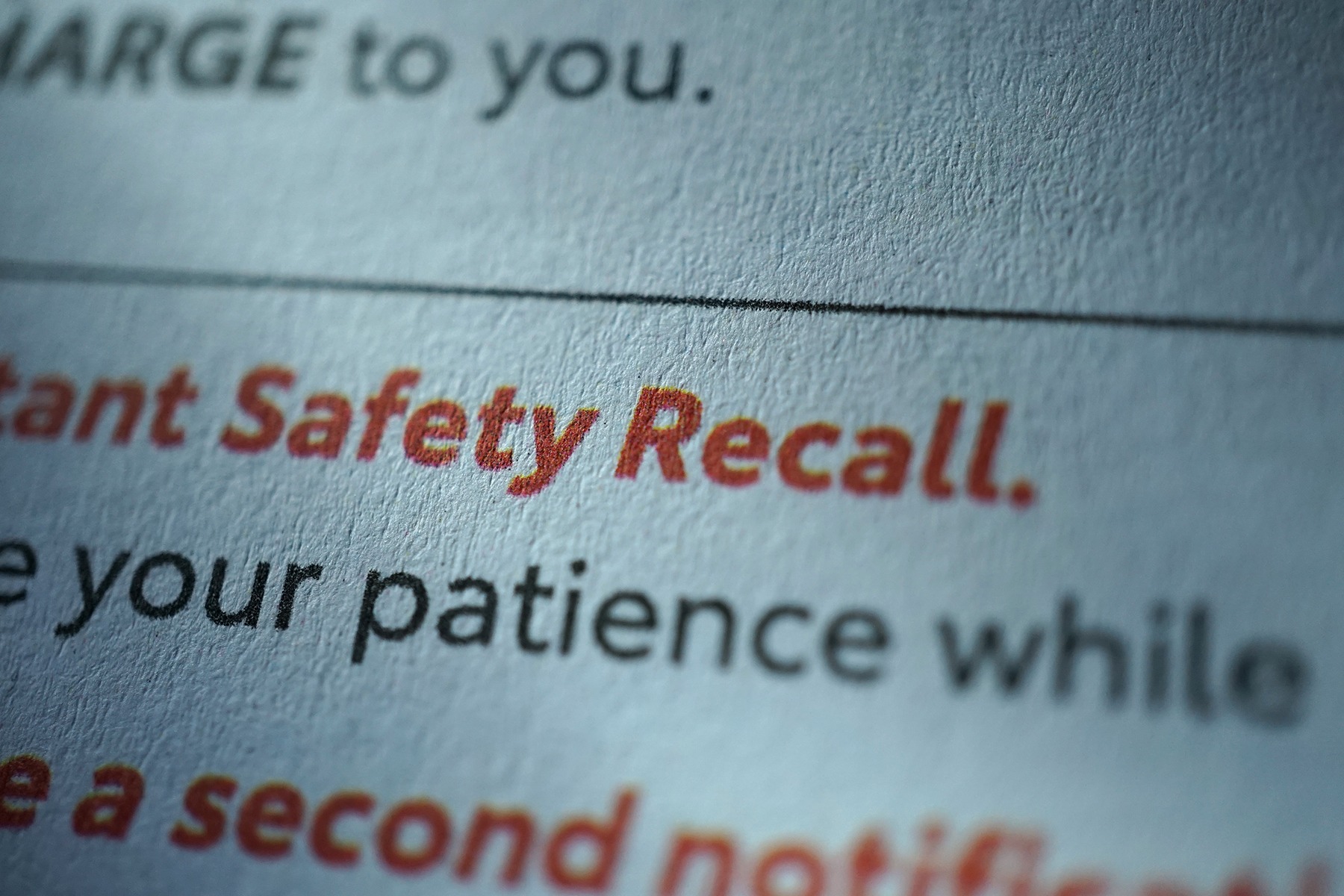One size doesn’t fit all for a quality management system (QMS). Your organization needs a solution that seamlessly reflects its exact purpose and character. By recognizing, documenting, and managing the unique details of your business, a modern QMS is the first place to look for guidance, reassurance, signs of potential growth, areas of opportunity, and the continual drive to improve customer satisfaction.
There are always great features straight out of the box, but the real power of a QMS comes from its customizable nature. To give you some inspiration and implementation QMS best practices tips, here’s a look at how some of America’s most successful companies use modern QMS solutions to fit their diverse range of needs.
Rheem Gains Flexibility
Rheem, the largest manufacturer of water heating products in North America, is also the only manufacturer in the world that produces heating, cooling, water heating, pool & spa heating and commercial refrigeration products.
Rheem initially implemented ETQ Reliance QMS to help comply with ISO standards. Previously, the company used Excel files to manage this task. However, that proved insufficient and inefficient. Rheem, a provider of services and solutions for cooling, heating, and water heating globally, understands it must expand and modify processes to meet changing business needs.
Rheem used the power of their QMS solution to overcome many business disruptions:
- In 2019 when the U.S. Department of Commerce was asked to evaluate the impact of shutting down the US/Mexico border, Rheem quickly build a survey sent to Mexican suppliers, helping determine the company’s level of risk should the shutdown occur.
- In 2020 when the COVID pandemic hit, Rheem needed a solution to approve suppliers and parts rapidly. Using ETQ Reliance, they created an emergency PPAP within the existing PPAP, allowing a fast-track way of approving parts and suppliers.
- When the EPA announced that certain chemicals could no longer go into production, Rheem delivered a risk survey to suppliers, allowing them to assess the company’s own risk — within days of the announcement.
“Because Reliance is so flexible and so easy to implement— and so rapid — we’re able to respond to things that happen out-of-the-blue.”
SRC: Streamlined document control to increase efficiency
The challenges of a manual documentation system grow exponentially when approvals, reviews, updates, and clerical edits occur individually and, often, by hand. When SRC, a not-for-profit research and development corporation based out of Syracuse, New York, faced such a challenge, it sought a digital QMS to streamline its document control. It needed to consolidate its many document approval and updating processes into one system that could customize bulk actions.
SRC implemented a single dashboard to simplify the document control process and consolidate all current and heritage documents into one application. This first step was vital in removing duplicate or similar documents. It also reconfigured each document’s main page, making the most critical information immediately available and adding required field information (like document owners, approvers, revision dates, and required training) to facilitate faster data identification, retrieval, and analysis.
Through integration with other QMS applications, SRC can now run data and analysis reports automatically. The flexibility of the QMS means clerical document edits have reduced from 45% to 31%, a figure the company anticipates dropping further.
Epicure: Time-saving automation speeds approval by 50%
When Canadian healthy-eating solutions company Epicure wanted to future-proof its food safety management system — by moving from localized hard copies to centralized and digital ones — it knew flexibility was vital. Deciding factors for Epicure included long-term cost-effectiveness and the training opportunities available.
With this education and training, Epicure’s talent team developed and implemented additional applications to the QMS when growth or change required it — all with no further configuration costs or excessive time frames for delivery. This feature appealed to Epicure and allowed it to get the most out of the customizable solution.
The solution’s FSMS (Integrated Food Safety Management System Software) addressed Epicure’s initial challenges, allowing the company to immediately see all compliance, process, and procedural documents in an approval cycle. It also automated reminders and notifications, relieving individual employees of the burden of addressing them manually.
Since implementing these solutions, the average time to close a work project has gone from approximately two weeks to just 4.6 business days.
Herman Miller: Harmonized quality speeds corrective action resolution by 50%.
As a top US furniture designer and manufacturer with a global consumer reach, Herman Miller, Inc’s customers have high expectations for its products and services. The brand listened to its stakeholders and set out to find areas in which it could improve.
With a complex global operation, including subsidiaries and suppliers, this feedback highlighted the distinct quality and service levels from various divisions within the company. With each division independently setting goals, policies, and procedures to guide their actions, Herman Miller identified the need to determine best practices and implement them across the enterprise through one fully integrated QMS.
By implementing such solutions, Herman Miller employees could move away from manual documentation and create an ever-expanding knowledge base with added analytics that are instantly available. That makes it easier to search for a solution to a problem or identify workplace trends.
Now, customer corrective action requests are immediate, with open task completion occurring, on average, 50% faster than before. Time saved isn’t the end of the story, though; faster corrections mean fewer mistakes, repairs, or reshipments too. That gives a boost to Herman Miller’s reliability and its reputation with customers.
FAQ
What are QMS procedures?
Procedures are documented actions set out by an enterprise, allowing it to deliver high-quality goods and customer satisfaction consistently. A single QMS procure may include multiple processes and workflows.
What factors should be considered in designing and implementing your QMS?
A successful QMS implementation should be:
- Compliant with industry regulations
- Customizable for your business needs (one size does not fit all)
- Secure and breach-resistant
- Easy to use and understand with training for all employees
- Scalable and adaptable
What is the purpose of implementing a QMS?
Implementing a QMS is the most efficient way of documenting an enterprise’s regulations, standards, and processes. Its overall purpose is to ensure that the quality of goods and services meets regulatory standards and customer expectations.
Kimberly Clark: A holistic solution for leaner workflow outcomes
As a leading manufacturer of consumer products, medical supplies, and medical devices, the Kimberly-Clark Corporation (K-C) is a global household name. With facilities in 35 countries and separate management systems for safety, environmental, and quality processes, K-C could recognize an obvious need for one system that could manage these processes holistically.
The successful implementation of a digital QMS replaced over 700 redundant systems, allowing K-C to eliminate the fragmentation and confusion of multiple working practices. The result is a simple, unifying system for the standardization of its global operation that has yielded significant cost savings on top of improved productivity.
It’s easy to celebrate the unique features of your enterprise in the media or via your website, but a quality management system that recognizes this individuality is essential too. Choose QMS software built around your company and its specific needs, processes, and procedures.
Learn more about how Kimberly-Clark Corporation integrates safety, environmental and quality workflows here.
Learn how Kimberly-Clark streamlines supplier management with ETQ here.
Next Steps


